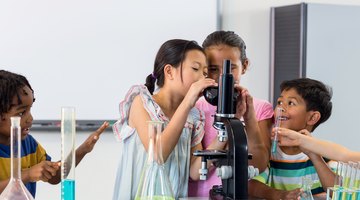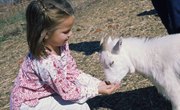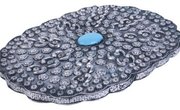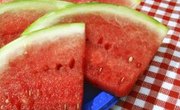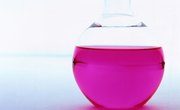What are sewer lice activities?
While common in the classroom, most forms of lice are not welcomed guests. Sewer lice, however, is an exception making its way into classrooms across the country. The reason is that sewer lice is not really lice. It is a popular classroom activity that helps children learn the basic principles of scientific observation. This activity will teach them the characteristics of life forms that may be unknown to them previously.
While this does not include real animals, like those in Flinn Scientific plans, it does offer lesson plans that incorporate careful observations, graphs, social studies, and “living organisms” for better learning of physical science, life science, homeostasis, and other subject areas for science lessons of living and nonliving things. While the activity does include beakers, you will mainly need some kind of carbonated soda, like Mountain Dew, to help students in high school and middle school classrooms learn the processes of science in a new way using this activity.
Preparation For the Sewer Lice Activity
Use a clear glass or plastic container to hold "sewer water." You need enough cola to fill the container, a small box of raisins and a small "critter keeper." The "critter keeper" can be made out of anything that looks suitable for housing live insects.
Just before the lesson begins, fill the clear container with cola. Remove the raisins from the box and place them in the critter keeper.
The Sewer Lice Story
Show the students the container which was previously filled with soda. Tell them that this brown liquid is water collected from the sewer. Explain that they are going to learn about amazing creatures called "sewer lice." These creatures dwell in sewers around the world. Their main source of food is raw sewage. Tell the students that sewer lice are being used to help purify sewer water by digesting the sewage. They leave the water clean enough for drinking.
Introducing the Sewer Lice
Open the "critter keeper" and drop in 10 to 12 raisins. The raisins will appear to move around in the water due to the carbonation. Talk with the students about what they see. Comment on different parts of "sewer lice" anatomy, such as legs, head and mouth.
Explain to the students that sewer lice have been found to be rich in vitamins and minerals. They are being raised as a food source in other countries. Demonstrate by eating a raisin. Test the "sewer water" to see if it is drinkable. Ask if anyone would like to try it with you.
What Students Learn
After you have revealed the secret of the sewer lice, ask the students what they have learned. This is a good time to introduce the Scientific Method of Observation. Discuss the importance of careful study and evaluation in the scientific world.
Related Articles
References
Writer Bio
Randa Morris began her freelance career in 1994 as staff reporter for the "Ogemaw County Herald." She works as a full-time content producer for online and print publications. Her writing is often motivated by her work with adult and child trauma survivors. Morris received level two trauma certification from The National Institute of Trauma and Loss in Children.

